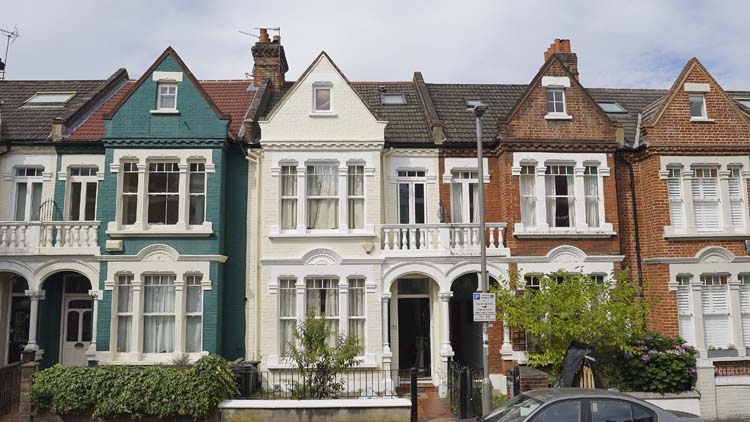
Have you ever wondered about the evolution of double glazing? We’ve got all the latest information you need about modern window solutions.
Double glazing is something that most of us take for granted, but it is not shocking when you consider that it is a feature of more than 90% of UK homes!
However, have you ever stopped to consider the evolution of double glazing and how it became one of the most popular choices homeowners make when renovating their properties? Our latest blog article explains the history of double glazing so that you can find out exactly how it came to be!
The invention of double glazing is a contentious issue, as many claims that it was first used in Scotland during the Victorian era. In contrast, others claim that C D Haven first created it in the 1930s.
While there is no conclusive answer, it is clear that C D Haven’s invention was very close to what we now call double glazing and was branded as Thermopane.
His innovation was not accidental. He was experimenting with different ways to help keep large houses warm that relied on traditional fires. His invention was so successful that Thermopane glass was a sought-after feature in American homes just one decade after he designed it.
How Long Ago Did Double Glazing Become Popular?
Once double glazing had become a popular choice in the US, it was only a short time until it made its mark in the UK in the 70s and 80s.
Initially, double-glazing companies offered a service where they installed a second pane of glass to provide a warmer home, but this was soon replaced by the double-glazed windows and doors we now know as the norm across the country.
Even though double glazing became popular and sought after in the UK, it took until the late 80s for it to be a popular feature in older houses as residents moved to have their single panes removed.
Double glazing is very simple for manufacturers to make as it just requires two panes of glass, a spacer to keep them separate and gas to create an airtight seal. The hermetic seal is essential as it helps keep moisture out of the panes once installed and retains the heat inside your home for better energy efficiency.
If you currently live in a house with single-pane glass windows, then choosing to have double-glazing installed will significantly impact your energy use.
There is no denying that double glazing is excellent at keeping your home warm and lowering your energy bills. Still, there are several other benefits that you can enjoy when you decide to install it on your property:
Noise-Reducing Capabilities – There is a sealed layer of gas between the two panes, so external noise is harder to hear when the windows are shut.
Improved Home Security – double glazing is much harder to break than single-pane glass and can be locked shut when not in use, helping keep your property safe and secure.
Higher Valuation – double glazing is also a significant investment as it will help you to achieve a higher home valuation if you decide you want to move, as it will provide a higher energy rating.
Attractive Aesthetic – double glazing comes in a wide range of styles and colours, meaning you can achieve the look you want for your home without compromising warmth!
There are various window styles suitable for a modern new build or period properties.
Read more about “Types of Windows”
From uPVC double-glazed windows to wooden windows with A-rated double-glazing to lower heating bills, we’ve listed the most popular types of frames windows offer:
Read more about “Window Frame Material”
Whilst uPVC casement windows are a cost-effective solution, our range of bespoke windows in Surrey, Hampshire & Berkshire are made to measure. So, it is impossible to give you an accurate enough cost without discussing your requirements and assessing your home.
The evolution of double glazing hasn’t stalled, and many new and exciting innovations are being trialled and shared as it continues to develop as a product that we all trust, but what is next for double glazing specifically?
Triple glazing is one of the key steps in the glazing industry. It builds upon double glazing and adds another layer of glass for even better soundproofing and excellent thermal insulation.
However, it has yet to become as popular as double glazing as it is expensive to produce for little extra benefit in the UK climate. There will continue to be innovations around the materials used to create the surrounds of double glazing as well as improving the glass construction and the gas we use to fill the gap between the panes.
Read our previous post - « High-Quality Sliding Doors – Difference Between High and Poorer Quality